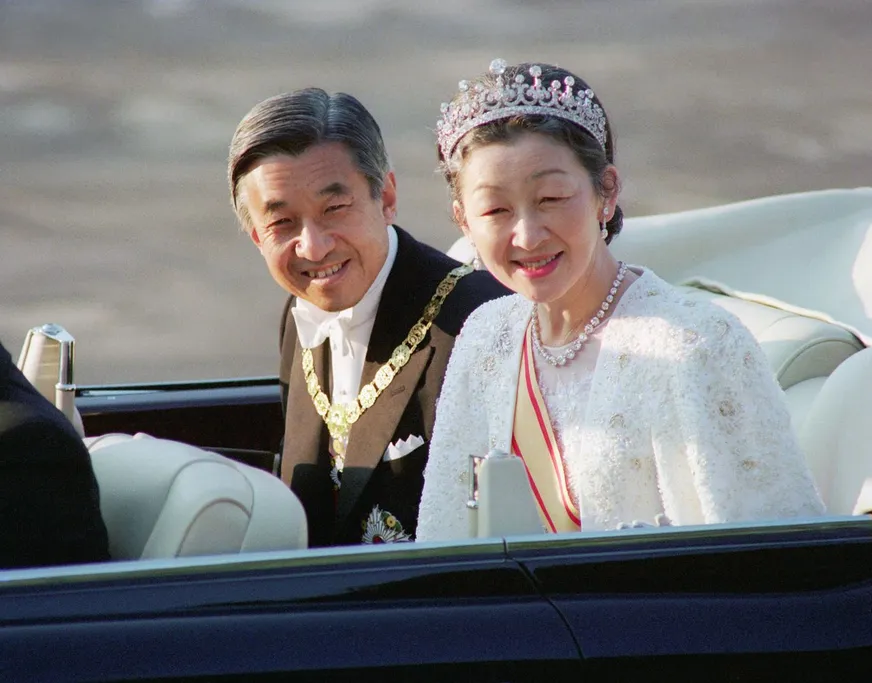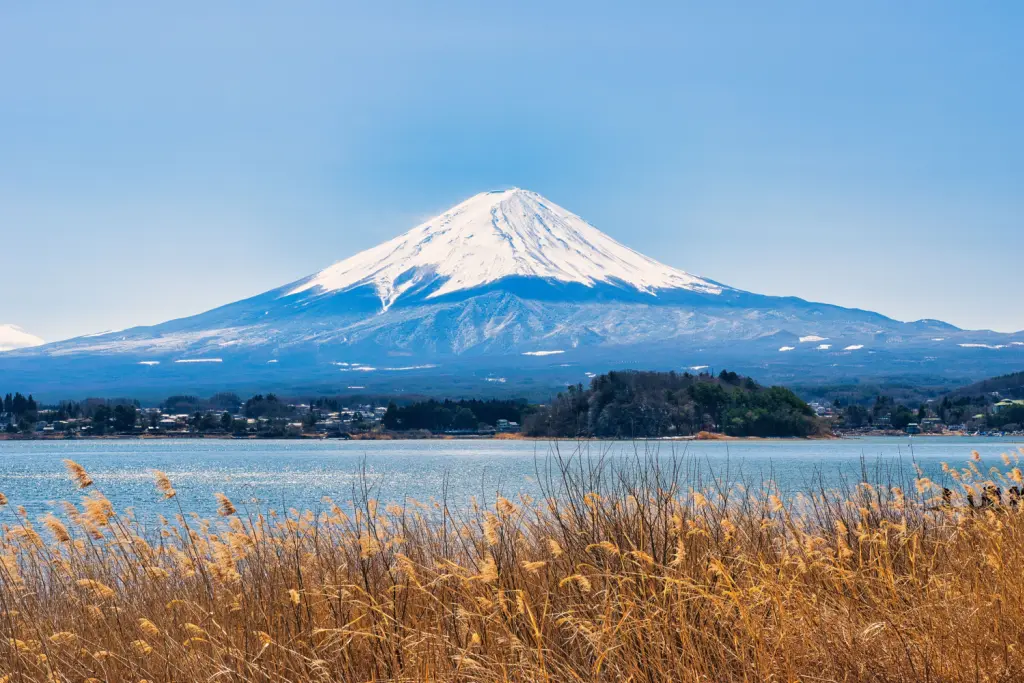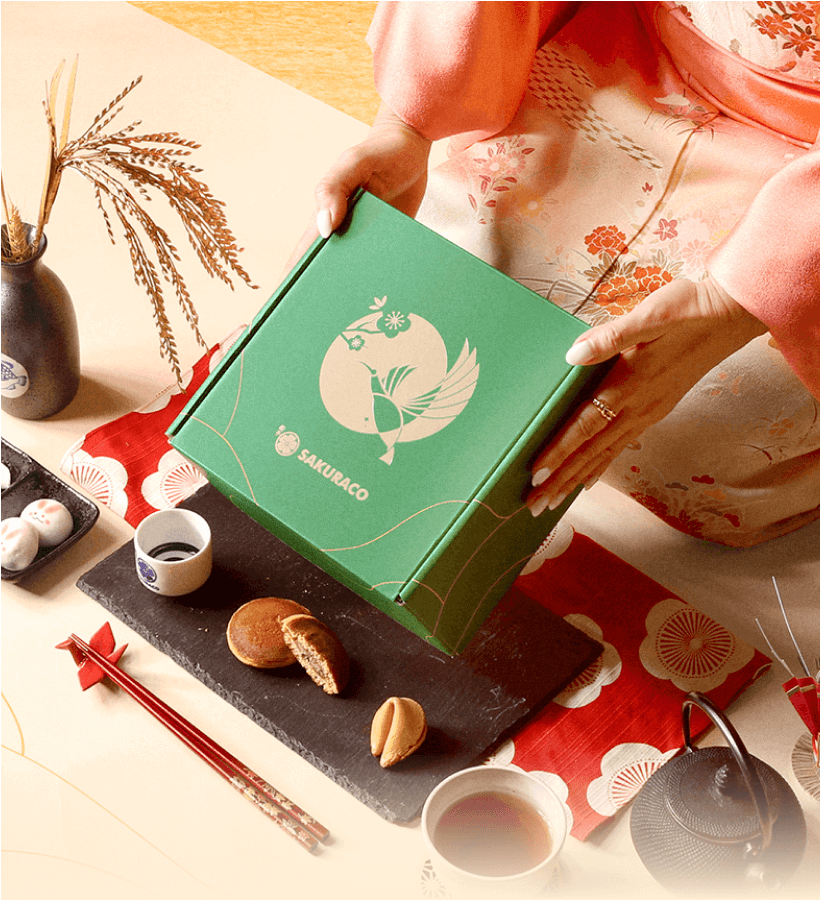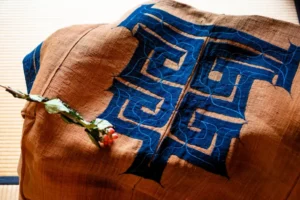What makes the Year of the Snake so exciting in Japan? The snake is a symbol of change, intelligence, and mystery. Over time, years connected to the snake have often been linked to important events in Japanese history.
In the Chinese zodiac, the snake represents wisdom, rebirth, and flexibility. These qualities perfectly match Japan’s cultural and historical journey. When we look at key events from the Year of the Snake, we see stories of innovation, tradition, and strength that continue to shape the country. Let’s explore these special years and the legacies they left behind.
Table of Contents
Toggle1965: Iriomote Wildcat discovered
In 1965, a rare animal called the Iriomote wildcat (Prionailurus bengalensis iriomotensis) was officially discovered on Iriomote Island in Okinawa. This unique feline, found only in this region, amazed people across Japan and highlighted the country’s rich natural heritage. The discovery shed light on the delicate ecosystems of Okinawa’s subtropical islands and showed the importance of protecting wildlife.

Today, the Iriomote wildcat is classified as endangered, with fewer than 300 thought to be alive. Efforts to save its habitat continue to this day, reminding us how crucial it is to protect Japan’s biodiversity. Overall, this wildcat symbolizes the connection between humans and nature, a key part of Japanese culture.
1977: First meteorological satellite launched from Japan
In 1977, Japan launched its first weather satellite, Himawari-1. This was a significant step forward for the country’s technology, especially during its post-war recovery. The satellite transformed weather forecasting by providing accurate data. This improved how Japan prepared for disasters and planned for farming.

Over the years, the Himawari program has grown, with newer satellites offering even more detailed climate information. These satellites are still vital for tracking typhoons, earthquakes, and other natural events in the Asia-Pacific region, helping to keep people safe and informed.
1989: Heisei era began
In 1989, Japan entered the Heisei era when Emperor Akihito took the throne after his father’s death, Emperor Showa (Hirohito). The name “Heisei” means “achieving peace,” and the era marked a time of great change for the country. The Heisei period saw challenges like the collapse of the bubble economy and major technological advances.

Despite these struggles, Japan showed its strength and embraced opportunities for cultural exchange with the world. The start of the Heisei era reflected the qualities of renewal and adaptability that the snake symbolizes. It was a time for Japan to honor its past while looking toward a brighter future.
Are you looking for great snacks for the Year of the Snake? Check out Sakuraco! Sakuraco delivers traditional Japanese snacks, sweets, tableware, and more from local Japanese makers right to your door, perfect for a pleasant snack time at home!

2001: Tokyo DisneySea opened
In 2001, Tokyo DisneySea opened its doors, captivating visitors with a one-of-a-kind experience that blended Disney magic with Japanese creativity. Unlike any other Disney park, it featured a maritime theme inspired by the wonders of the sea and adventure.

The park’s seven themed areas, such as the Mediterranean Harbor and Mermaid Lagoon, offer immersive environments that transport visitors to fantastical settings. Attractions like Journey to the Center of the Earth and Sindbad’s Storybook Voyage showcase cutting-edge technology and imaginative storytelling, delighting fans of all ages.
Tokyo DisneySea’s opening highlighted Japan’s ability to merge global influences with its unique cultural touch, creating an entertainment masterpiece. Today, it remains a top destination, symbolizing creativity, innovation, and the power of cultural exchange.
2013: Mount Fuji registered as a World Heritage Site
In 2013, Mount Fuji, Japan’s most iconic natural landmark, earned recognition as a UNESCO World Heritage Site. This prestigious designation honored its breathtaking beauty and profound cultural and spiritual significance. For centuries, Mount Fuji has inspired artists, poets, and pilgrims.

Its strikingly symmetrical peak, often cloaked in mist, embodies the harmony between humanity and nature, a theme deeply rooted in Japanese philosophy and aesthetics. Mount Fuji’s recognition as a World Heritage Site affirmed its status as a national treasure and a symbol of Japan’s identity. Beyond its visual majesty, the mountain holds spiritual importance, serving as a site for religious practices and a beacon of renewal and resilience for generations.
How can I celebrate the Year of the Snake?
The Year of the Snake is a time to focus on growth, change, and wisdom. To honor the spirit of the snake, spend time in nature or try activities that help you grow and express creativity. These practices mirror the snake’s traits of resilience and introspection. Each Year of the Snake has its own story of transformation and discovery.
Moreover, some moments have shaped Japan’s history, while others might inspire personal change. What does the Year of the Snake mean to you? Have you been inspired by these events or created your traditions? Share your thoughts in the comments below. We’d love to hear how the snake’s spirit connects with you!










